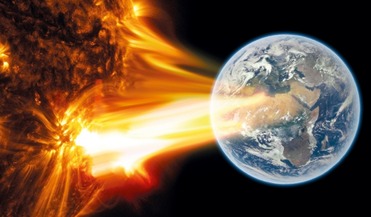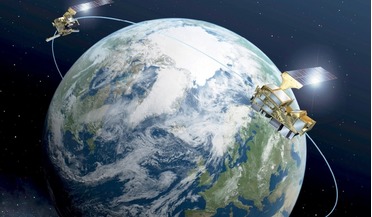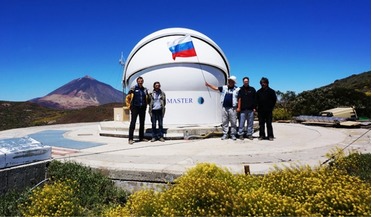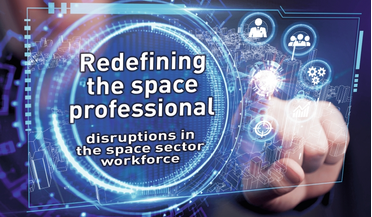ROOM: The Space magazine is one of the prominent magazines on space exploration, technology and industry. At ROOM, we share a common dream – promotion of peaceful space exploration for the benefit of humankind, all while bringing you comprehensive articles on an assortment,a range of contemporary topics. Our authors include analysts and industry leaders from all over the world, which lets us bring you the newest and detailed information about sputnik and the space age.
 February 2020
Visions of spaceflight before the Space Age
February 2020
Visions of spaceflight before the Space Age
... this age of instant information and communication, books still provide an enduring method for preserving hopes and dreams and accomplishments Cold War tension between the United States and the USSR led to the space race. Space was the new...the Earth, ostensibly for peaceful purposes. The publicity around efforts to place a satellite in Earth orbit generated a lot of public interest, which resulted in many publications. Before the launch of Sputnik...
 January 2019
Saving humanity – is space up to the job?
January 2019
Saving humanity – is space up to the job?
... one of the Space Age, it is now time for phase two to begin - Space Age 2.0. We have the opportunity to deploy new space technologies to combat climate change, create new capabilities to protect Earth from a wide range of space-based threats, and realise the potential of a wide range of space resources...
 August 2020
Opportunities for young people in the space sector
August 2020
Opportunities for young people in the space sector
... targeted to each stage of their development, leading to an exciting and rewarding career in the space sector. At the birth of the Space Age, the USSR and the United States were the only nations involved, with funding largely provided by the government and with a small number of jobs mainly for specialist...
 September 2024
Hypersonics and the route to orbit
September 2024
Hypersonics and the route to orbit
... engineering concepts have been published on the subject since the early days of the Space Age. However, it is always easier to publish an engineering concept than to develop actual flight hardware and the list of failed projects is a long one. The 1980s was a particularly rich decade...
 April 2018
Climate monitoring and the need for open access to global environmental satellite data
April 2018
Climate monitoring and the need for open access to global environmental satellite data
Since the beginning of the Space Age, some 35 nations have been involved in launching more than 450 Earth observation (EO) satellites. Yet with so many variables to be collected, so precisely and over such long periods, there ... over northern Canada. Open data leaders It is a puzzle that in many cases the space and meteorological agencies around the world that collect satellite data essential to addressing these issues do not share it freely...
 April 2025
Space sustainability and the role of space situational awareness
April 2025
Space sustainability and the role of space situational awareness
... events in space since the start of the space age (1957) resulting in fragmentation. The agency’s Space Environment Report 2024 states that of the 35,000 objects tracked by space surveillance networks, about 9,100 are active payloads, while the other 26,000 are pieces of space debris. And this number...
 February 2017
Global robotic network for monitoring near-Earth and outer space
February 2017
Global robotic network for monitoring near-Earth and outer space
... asteroids and comets. The MASTER II network is internationally recognised and its telescopes have been invited to the best observatories north and south of the equator, and the objects discovered by the network have become research subjects for the largest telescopes in the world’s space observatories. The fact that the...
 November 2017
Reusable air-launch and the space access paradigm
November 2017
Reusable air-launch and the space access paradigm
... development decisions have been based upon this type of assessment and the US Space Shuttle, for example, was ‘sold’ on the assumption of 25-30 flights per year over 12 years [1]. However, the implicit assumption here is that each flight supports at least one...
 May 2022
Redefining the space professional – disruptions in the space sector workforce
May 2022
Redefining the space professional – disruptions in the space sector workforce
... of required ‘upskilling’ and ‘reskilling’ to build a space ecosystem. Looking at the requirements for future public space organisations, coupled with the requirements of private space, one sees the heavy influence of Industry 4.0 skillsets and technologies, underpinning the new automation/diversity of technology revolution in the space sector. These...